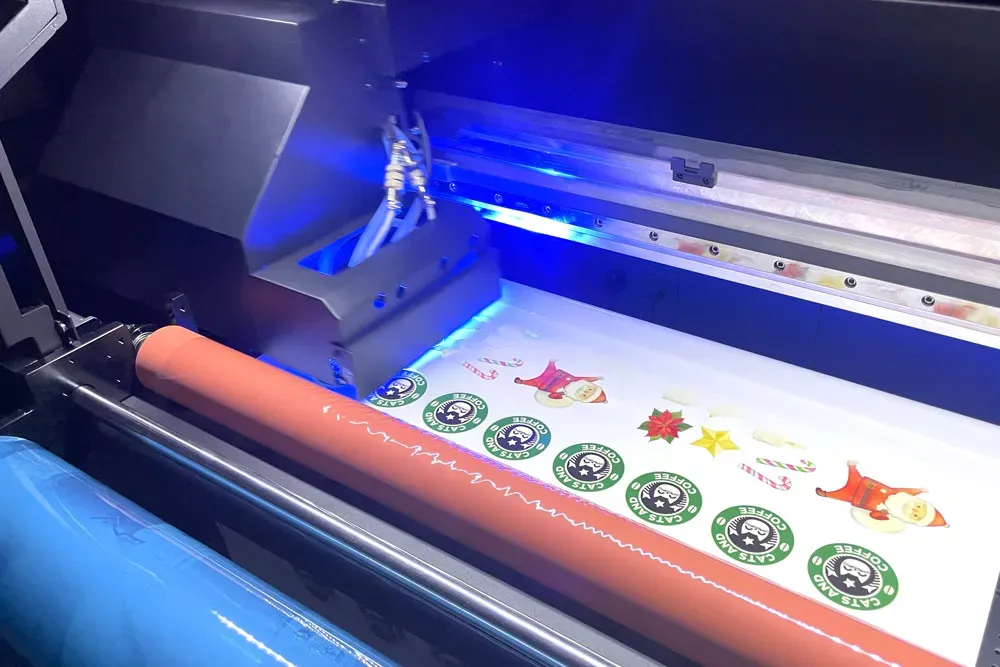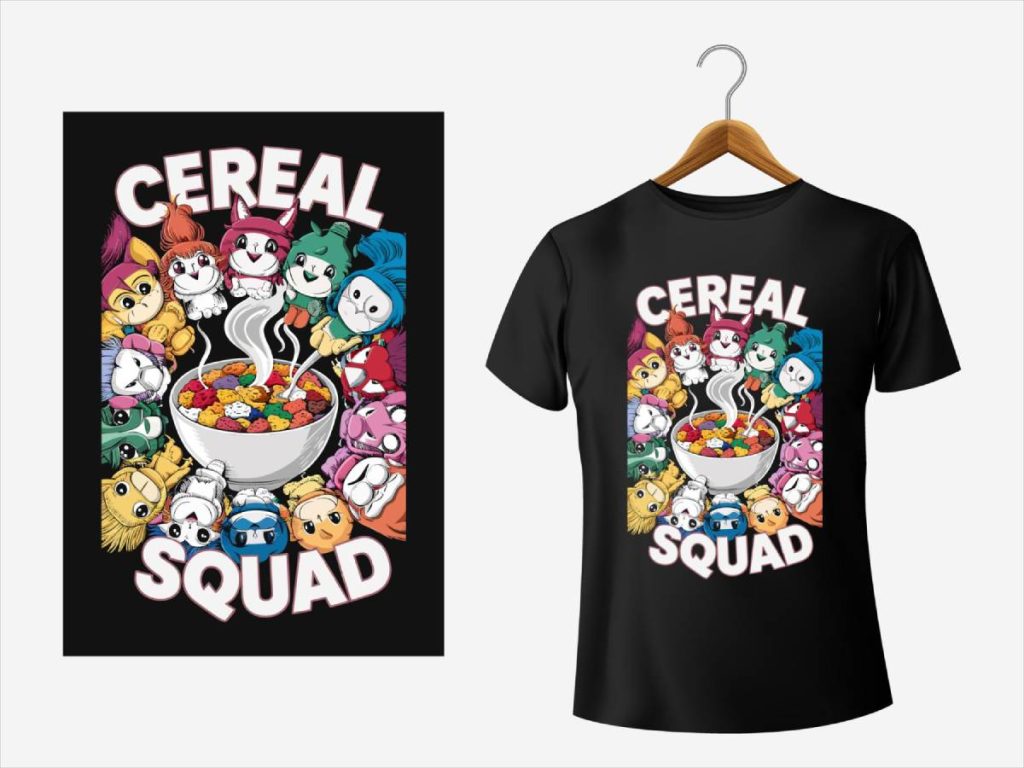UV DTF printing is revolutionizing the way businesses approach custom apparel printing and promotional product creation. Utilizing advanced UV printing technology, this method allows for vibrant, high-quality custom prints that stand out in a crowded marketplace. With its ability to print on a wide variety of surfaces, including textiles, plastics, and metals, UV DTF printing provides unmatched versatility and personalization options. Furthermore, as companies increasingly seek sustainable printing solutions, this technology offers a greener alternative by minimizing waste and chemical usage. Dive into the world of UV DTF printing to discover how it can enhance your product offerings and meet the dynamic demands of today’s consumers.
Often referred to as direct to film printing, UV DTF printing combines the best features of UV and DTF technologies to provide exceptional results for various materials. This innovative approach not only caters to the growing market for customized items but also aligns with eco-conscious practices, reducing environmental impact significantly. By leveraging high-quality inks cured by UV light, the resulting prints are durable and visually appealing, making them perfect for garments and promotional merchandise alike. The technology supports versatile applications, allowing companies to experiment with unique designs and products. Embracing this modern method can lead to increased customer satisfaction and loyalty among those seeking bespoke solutions.
Understanding the Basics of UV DTF Printing
UV DTF (Direct to Film) printing represents a cutting-edge fusion of UV printing technology and traditional DTF methods. This innovative technique utilizes ultraviolet light to cure inks instantly upon application, producing vibrant and long-lasting prints. As businesses aim to fulfill the growing consumer demand for customizable products, UV DTF printing becomes a significant player in the market, offering unparalleled flexibility and a broad scope of applications.
One of the most compelling aspects of UV DTF printing lies in its versatility. The process can efficiently adapt to various substrates, from textiles to hard materials, enabling businesses to expand their product range. This adaptability does not compromise quality; on the contrary, it allows for sharp and detailed graphics, ideal for intricate designs that appeal to today’s savvy consumers.
Frequently Asked Questions
What is UV DTF printing and how does it work?
UV DTF (Direct to Film) printing is a cutting-edge printing technology that combines UV printing methods with direct to film techniques. In this process, UV light cures the inks instantly upon application, resulting in vibrant, long-lasting prints that can adhere to various surfaces, including fabrics, plastics, and metals.
What are the benefits of using UV DTF printing for custom apparel printing?
UV DTF printing offers several advantages for custom apparel printing, including exceptional print quality, durability against fading and scratching, and the ability to produce detailed designs. This technology also allows for on-demand printing, reducing material waste and making it highly efficient for fulfilling diverse inventory needs.
Is UV DTF printing considered a sustainable printing solution?
Yes, UV DTF printing is recognized as a sustainable printing solution compared to traditional methods. It requires less chemical waste and allows for efficient material use. Businesses adopting UV DTF technology can promote their commitment to environmentally friendly practices while meeting consumer demand for sustainable products.
How does UV DTF printing enhance the quality of high-quality custom prints?
UV DTF printing enhances the quality of custom prints by producing high-resolution images with vibrant colors and sharp details. The UV curing process ensures that these prints are not only visually appealing but also durable, maintaining their quality even through multiple washes and wear.
What materials can be printed using UV DTF printing technology?
UV DTF printing technology is versatile and can print on a wide range of materials, including cotton fabrics, plastics, and metals. This adaptability makes it an ideal choice for creating customized products such as apparel, promotional items, and unique merchandise.
What are the cost considerations for implementing UV DTF printing in a business?
While the initial investment for UV DTF printing equipment may be higher than traditional methods, businesses can benefit from long-term savings through reduced material waste and the efficiency of on-demand production. Assessing potential return on investment (ROI) is essential for making an informed decision about incorporating this technology.
| Key Point | Details |
|---|---|
| Method Description | UV DTF printing combines UV and DTF technologies, curing inks with UV light for durable prints. |
| Print Quality | Produces high-resolution images with vibrant colors that remain consistent after multiple washes. |
| Durability | The UV curing provides a resilient finish that resists fading and scratches. |
| Efficiency | Allows for on-demand printing, reducing waste and enabling smaller production runs. |
| Versatility | Can print on various materials, including fabrics, plastics, and metals, allowing for diverse applications. |
| Environmental Impact | Produces less chemical waste compared to traditional printing methods, supporting sustainable practices. |
| Market Growth | Increasing demand for customized products is driving growth in the UV DTF market, especially among small businesses. |
Summary
UV DTF printing revolutionizes the printing industry by offering high-quality, customizable products for businesses. This innovative printing method harnesses advanced technologies to produce vibrant and durable prints across various materials, catering to the increasing consumer demand for personalization. Its ability to efficiently operate with reduced waste aligns well with the growing trend towards sustainable practices in business. By adopting UV DTF printing, companies can not only enhance their product offerings but also position themselves favorably in a competitive market, responding effectively to the needs and preferences of modern consumers.



